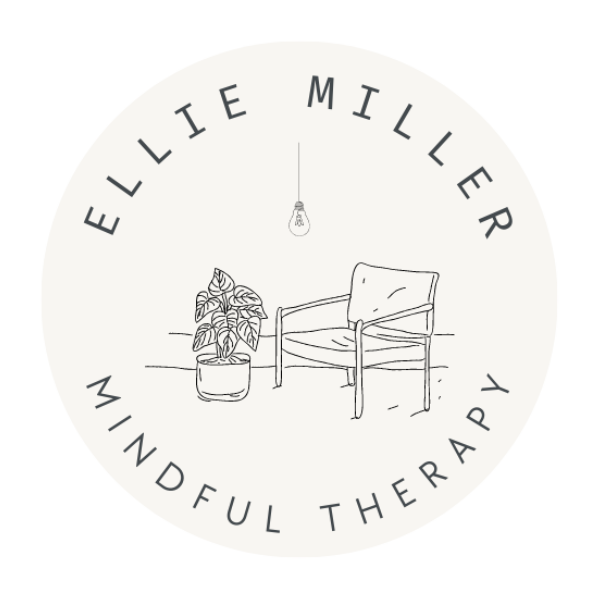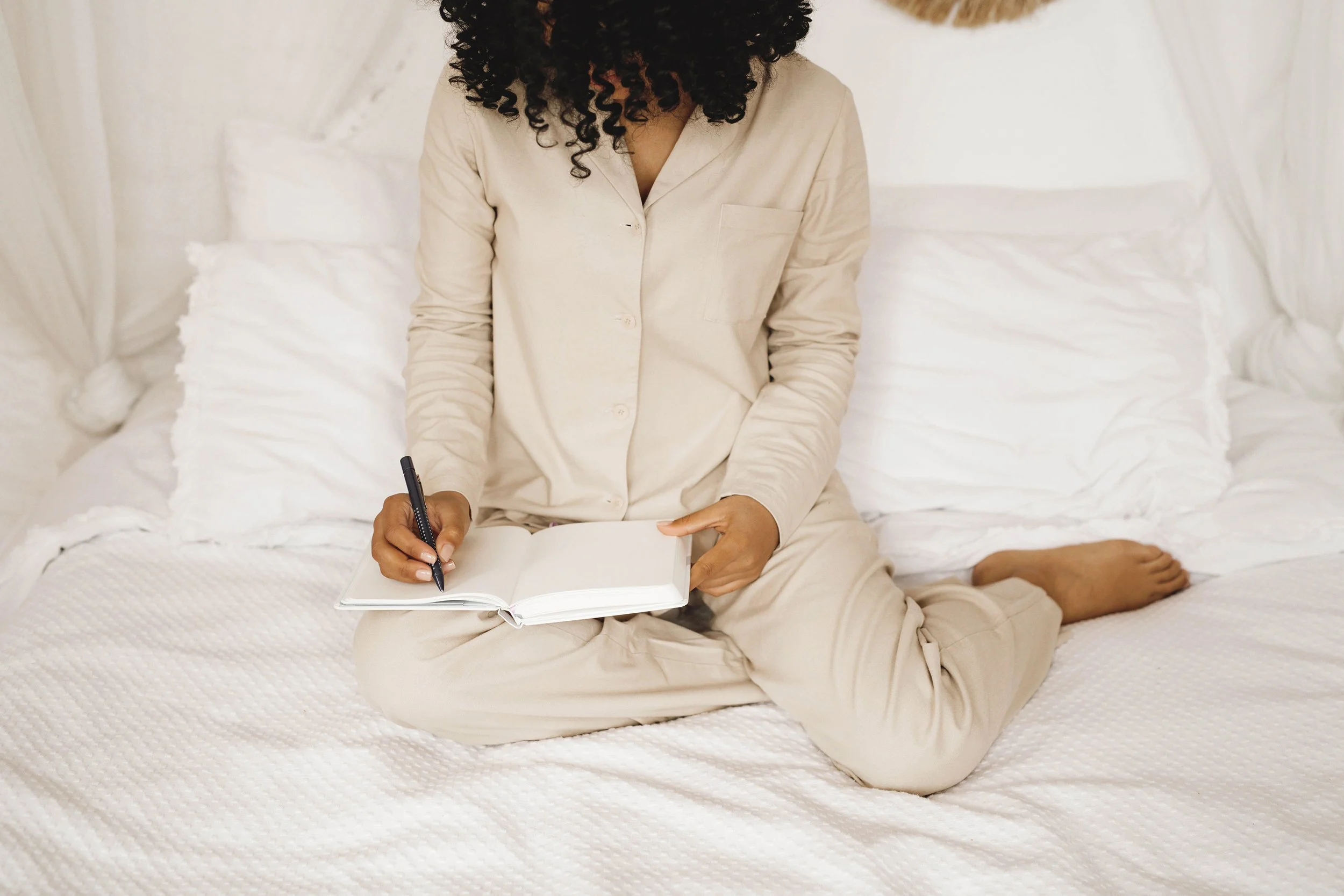Healing Anxious Attachment: How to Move towards Secure Attachment
Attachment Styles: The Gist.
Attachment theory is a psychological framework that describes how we form emotional bonds with others throughout our lives. This theory posits that early experiences with caregivers shape our attachment styles, which can influence our relationships in the present.
Attachment styles fall into three categories: secure, anxious, and avoidant. People with secure attachment styles tend to feel comfortable with intimacy and are able to trust others. Those with avoidant attachment styles tend to avoid emotional closeness and may prioritize independence. And those with anxious attachment styles tend to worry about their relationships and fear abandonment.
Anxious Attachment Traits
Anxious attachment can be particularly challenging, as it often involves a constant fear of being rejected or abandoned by a loved one. This can lead to behaviors such as clinginess, jealousy, and neediness, which can push others away and create a self-fulfilling prophecy of rejection.
A few Signs of Anxious Attachment
(not a clinical assessment!)
Do you often worry about being abandoned or left alone by your partner or loved ones?
Do you feel the need to be constantly in touch with your partner or loved ones, even when there is no reason to do so?
Do you frequently feel jealous or possessive in your relationships?
Do you have a fear of rejection that causes you to avoid taking risks or pursuing your goals?
Do you find yourself becoming emotionally overwhelmed or anxious when your partner or loved ones are not available?
Do you tend to idealize your partner or loved ones, and become disappointed when they do not live up to your expectations?
Do you often put your own needs aside to please your partner or loved ones, even if it means sacrificing your own well-being?
The good news: anxious attachment can be healed.
While changing one's attachment style is not an overnight process, it is possible to shift from anxious attachment to a more secure attachment style with time and effort. Here are some practical steps you can take to start the healing process:
1.) Understand Your attachment style
The first step in healing anxious attachment is understanding how it works and how it influences your behavior in relationships. This might involve doing a little research, reading up on anxious attachment, and exploring what it means to have an anxious attachment style.
Take an online attachment style quiz to help you better understand your own attachment style.
Consider reading books or articles on anxious attachment and how it impacts relationships.
2.) Practice self-awareness
Developing self-awareness is key in recognizing and managing anxious thoughts and emotions. By tuning into your own thoughts and feelings, you can better understand what triggers your anxiety and start to work through it.
Keep a journal to record your thoughts and feelings. This can help you identify patterns and triggers.
Practice mindfulness techniques, like deep breathing or meditation, to help you stay present and centered.
Work with a therapist to help you reflect and see patterns more clearly.
3.) Cultivate self-compassion
It's important to show yourself some loving and understanding as you work through your anxious attachment. It’s hard work! So why not be kind to yourself and acknowledging that you're doing the best you can along the way.
Practice self compassion
Treat yourself with kindness and respect, just as you would a close friend or family member.
4.) Build secure attachments
Building secure attachments with supportive friends and family members can help you feel more secure and confident in relationships.
Reach out to trusted friends or family members for support.
Consider joining support groups or seeking out therapy to connect with others who understand what you're going through.
5.) Identify triggers
Understanding what triggers your anxious attachment can help you manage it more effectively.
Make note of situations or events that tend to trigger your anxiety.
Look for patterns or common themes that might be contributing to your anxious attachment.
6.) Develop coping strategies
Developing healthy coping strategies can help you feel more secure within yourself, and build up the self trust that will help you move towards secure attachment.
Practice self soothing exercises
Engage in physical exercise to promote positive mental health and reduce stress.
7.) Build communication skills
Effective communication is key to building healthy relationships. By learning how to communicate more effectively, you can build stronger, more meaningful connections with others.
Attend communication workshops, read up on basic communication skills or consider seeking therapy to work on your communication skills.
Practice active listening and assertiveness to improve your communication skills.
8.) Set boundaries
Setting healthy boundaries is a crucial step in healing anxious attachment, as it can help us to establish a sense of safety and control in our relationships. When we have anxious attachment, we may feel like we need to be constantly available to our partners and prioritize their needs above our own, which can lead to feelings of overwhelm, frustration, and even resentment.
By setting clear boundaries, we communicate our needs and expectations in a healthy way, which can help to reduce anxiety and build trust in our relationships.
When we honor our boundaries and communicate them consistently, we send a message to our partners that we value and respect ourselves, which can lead to more balanced and fulfilling relationships.
When we honor & communicate our boundaries, we send a message to our partners that we value and respect ourselves, which can lead to more balanced and fulfilling relationships.
Identify situations or behaviors that make you uncomfortable and learn to say "no" in a respectful manner.
Practice setting boundaries with friends and family members in a way that feels authentic and comfortable for you.
9.) Practice (Safe) vulnerability
Practicing vulnerability (with people you trust) is a powerful way to build secure attachment in our relationships. When we're vulnerable, we share our feelings, thoughts, and experiences in an open and honest way, which can help to foster deeper intimacy and connection with our partners.
Share your thoughts and feelings with trusted friends or family members.
Consider seeking therapy to work on vulnerability in a safe, supportive environment.
10.) Seeking professional help
If you're struggling with anxious attachment, it may be helpful to seek out the support of a therapist or counselor who specializes in attachment styles and anxiety. That just so happens to be my thing, so feel free to reach out!
Look for a therapist who has experience working with anxiety and anxious attachment.
Make therapy a regular part of your self-care routine to promote consistent progress.
Ready to feel more at home in your skin?
Remember, healing is not a linear process, and it may take time and effort to see progress. But with the right tools and support, you can create healthier, more fulfilling relationships and experience a greater sense of security and well-being in your life.
Hi! I’m Ellie, a Baltimore based private practice therapist offering online therapy to empathetic women & couples in Maryland. I help women manage anxiety & stress and couples strengthen their relationships.
If you want more anxiety tools and tips from my private practice, straight to your inbox, I’d love to have you join The Detangler, my weekly lighthearted newsletter. If you live in Maryland or Virginia, reach out to see if we’re a good fit for therapy!









